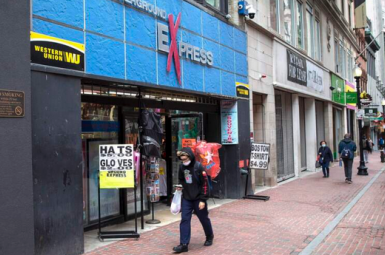- Read more about Examining Recent Trends in Rental Assistance & Emergency Assistance Shelter Spending
MTF’s latest report, Examining Recent Trends in Rental Assistance & Emergency Assistance Shelter Spending, provides a detailed look at the evolving landscape of state-funded rental assistance programs and the Emergency Assistance (EA) shelter system in Massachusetts. The report focuses on program utilization, interactions, and costs, and includes comprehensive descriptions, recent funding histories, and key cost indicators.





